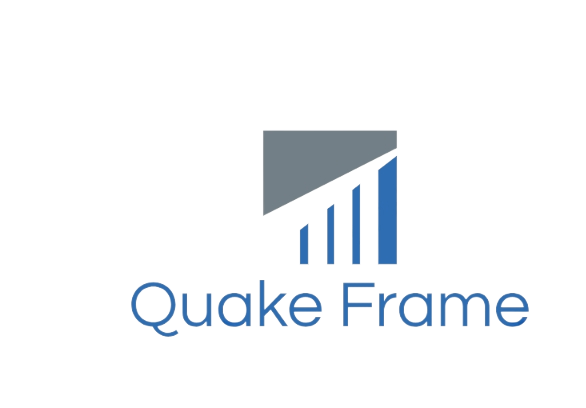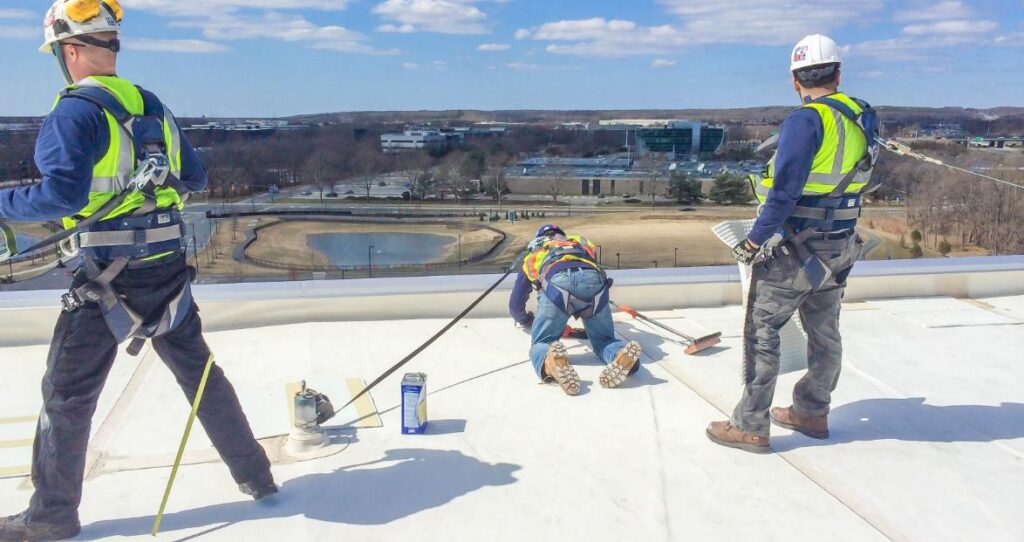In every industry where working at heights is inevitable, fall protection is a critical element that cannot be compromised. As we look to the future, technological advancements and innovative approaches are beginning to pave the way for safer, more efficient fall prevention systems. These ground-breaking developments hold the promise of not only improving safety records but also revolutionising the industry standard for height safety.
Next-Gen Wearable Technology
One of the cutting-edge strides in enhancing onsite safety is the integration of wearable technology. Equipped with sensors and IoT (Internet of Things) capabilities, these smart garments and accessories are designed to monitor a worker’s movements and vital signs.
In the event of a fall or sudden impact, the system can alert supervisors or emergency services instantly. By providing real-time data, these devices are crucial for fast response, potentially saving lives and minimising the severity of injuries.
Advanced Materials
Another area of significant progression is the use of advanced materials in personal protective equipment (PPE). Lightweight, yet incredibly strong materials such as ultra-high-molecular-weight polyethylene (UHMWPE) are being used in harnesses and lanyards.
These materials offer improved wearer comfort without compromising on safety, which is essential for ensuring that fall protection gear is worn consistently and correctly.
Intelligent Anchor Points
The concept of smart anchor points is a game-changer. These innovative systems can detect weight loads and alert users to potential overload and equipment failure risks before they become hazardous. Combined with dynamic designs that adapt to various structures, these intelligent anchors offer a new level of versatility and assessments in fall safety.
Drones for Safety Inspections
Drones are starting to play a pivotal role in safety inspections. They can safely and efficiently inspect high-risk areas and identify potential fall hazards. This capability ensures that the necessary protective measures can be implemented effectively while placing fewer inspectors in harm’s way, thus maintaining a solid safety profile.
Virtual Reality Training
Virtual reality (VR) has opened doors to highly immersive training scenarios for workers. Through VR, employees can experience realistic high-risk situations in a controlled environment to better prepare them for real-world scenarios.
The advantage of this technology is the ability to simulate multiple situations, which equips workers with the knowledge and confidence to act correctly in the event of an actual incident.
A Look Towards the Horizon
As we shift our focus towards a safer tomorrow, it’s evident that the opportunities for innovation within the realm of fall prevention are immense. Whether it’s through smart wearable technology or the implementation of advanced materials, these advancements reflect a commitment to continual improvement. As the industry progresses, even more rigorous and intelligent safety protocols will likely emerge, setting new precedents for fall safety.
In conclusion, the evolution of fall protection is a testament to the relentless pursuit of safety excellence. As technologies advance and integrate more closely with safety equipment and training, the risks associated with working at heights will significantly reduce. The road ahead is promising, and with these advancements, we are steadily stepping into an era where fall-related incidents may become a thing of the past, ensuring that workers return home safely every day.

